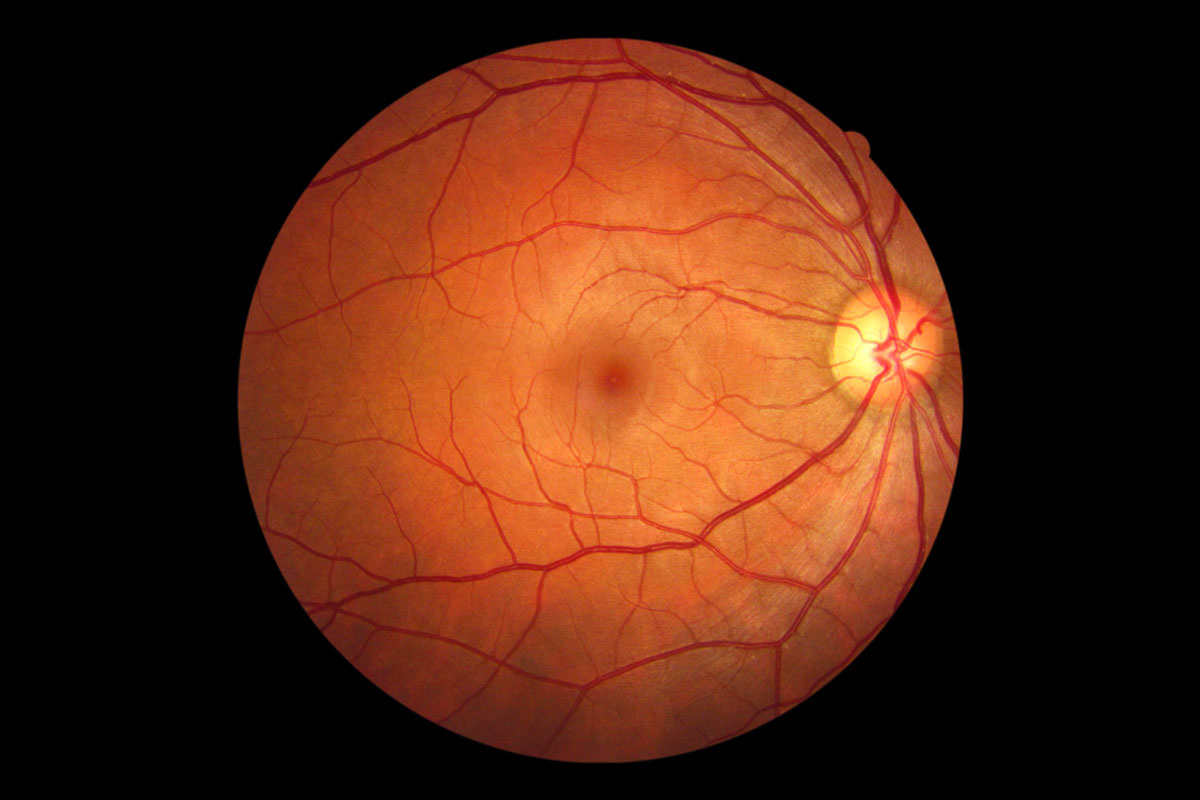Retinal Abnormality Detector

Key Learnings
- Understanding of AUC metrics and tradeoffs between precision and recall
- Deep learning model architecture design for computer vision
- Importance of balanced datasets in medical AI
- The intense computational power required to train deep learning models
Project Overview
I hold this project in high regards since this was my first introduction into deep learning and computer vision. I was able to develop a deep learning model for classifying disease conditions from retinal scan medical imaging:
- Implemented CNN architecture in TensorFlow
- Explored novel AutoEncoder application for anomaly detection
- Optimized model using AUC metrics
- Conducted extensive hyperparameter tuning
Technical Details
- Developed multiple different architectures to try and get the model to train on my limited compute
- The model wasn't effective and there are many improvements to make for the model now that I've had much more experience
- I would use a pretrained model like ResNet50 and fine tune on this dataset
- I would also use data augmentation to try and improve issues like class imbalance
- I would also use cloud compute to efficiently train the model and allow for more experimentation
Technologies Used
Python
TensorFlow
OpenCV
NumPy
Computer Vision